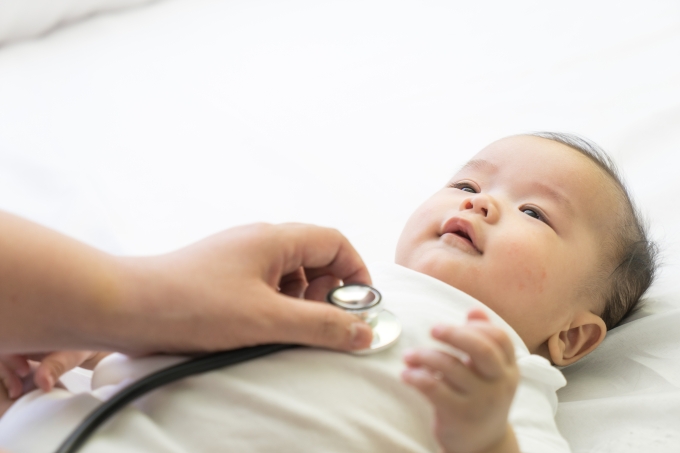Treatment Options for Congenital Heart Disease
(CHD)
Overview
If your child has been diagnosed with a congenital heart disease (CHD), a heart defect present at birth, your child’s care team will evaluate a range of treatment options. The same holds true if you’re an adult who has grown up with CHD or who has only recently been diagnosed. Treatment options vary greatly depending on the type and severity of the heart defect.
A heart defect is the most common form of birth defect. Many heart defects can be treated to allow for a high quality of life. In fact, most CHD patients now survive into adulthood. According to the Centers for Disease Control and Prevention (CDC), about 1 million U.S. children and 1.4 million U.S. adults were living with CHD in 2010.1 One million adults in the U.S. are now living as survivors of CHD. Now, there are actually more adults living with CHD that were born with it than there are children with CHD.
Not all CHD requires treatment. For those defects that do need to be treated, options for treatment generally consist of some combination of the following:
- Medications – People of all ages with CHD, whether the disease is present at birth or acquired later, are often treated with medication.
- Interventional procedures – In the past 25 or so years, the treatment of CHD has been revolutionized by the introduction of less-invasive procedures.
- Surgery and hybrid procedures – Sometimes, open-heart surgery is necessary to repair a child’s heart. Repairs may be made in a single surgical procedure or in a series of operations. Sometimes, a combination of surgery and hybrid procedures is used to address a heart problem.
Every CHD patient is different, and treatment is individualized for each patient.

Children's Heart Health
Information for parents of children with pediatric heart conditions. Read more about conditions, tests, and treatments for congenital heart disease.